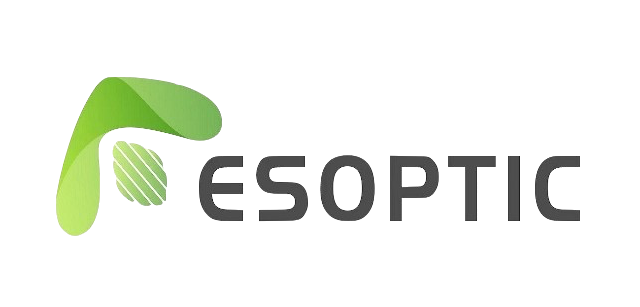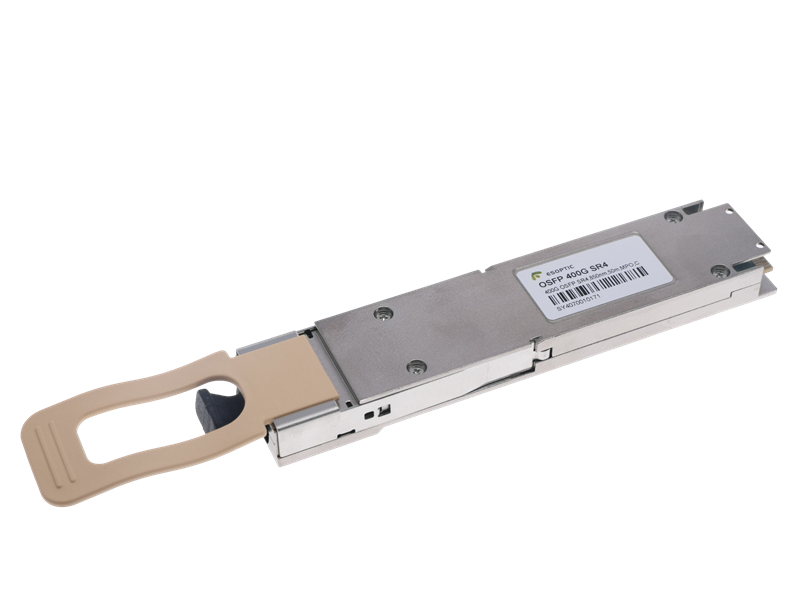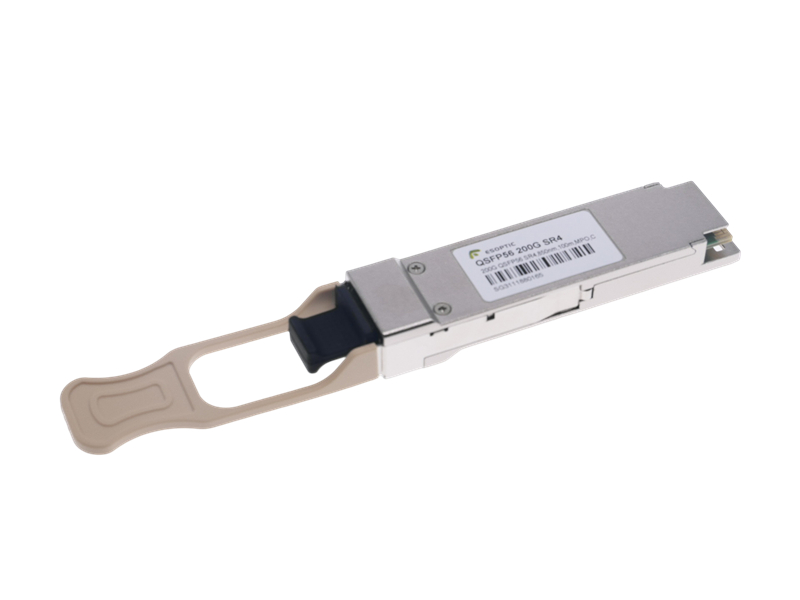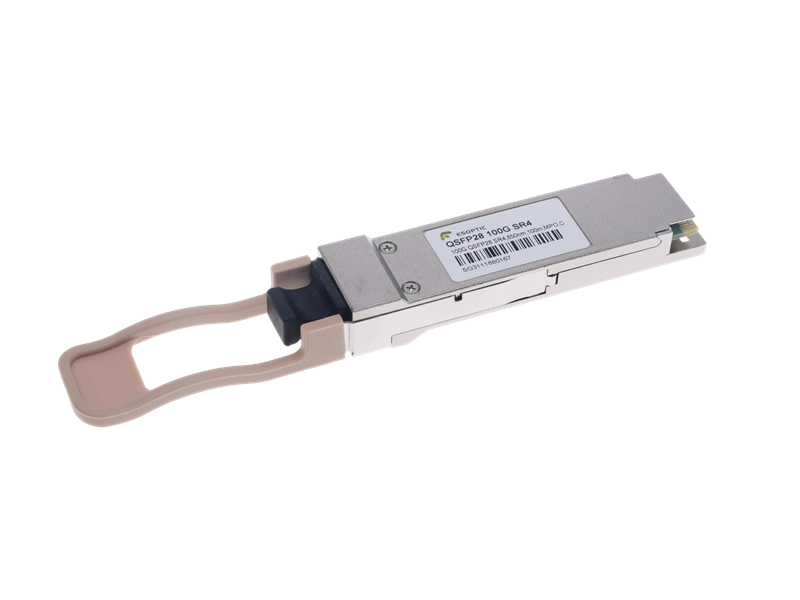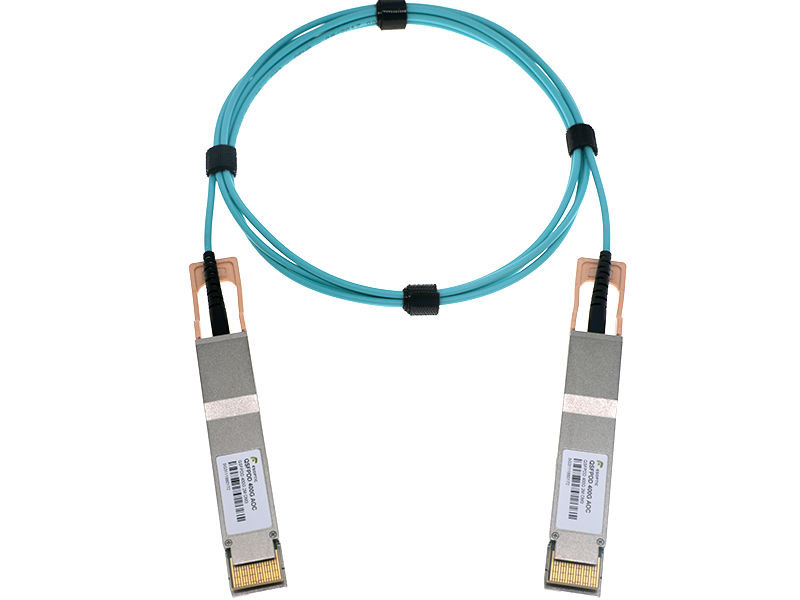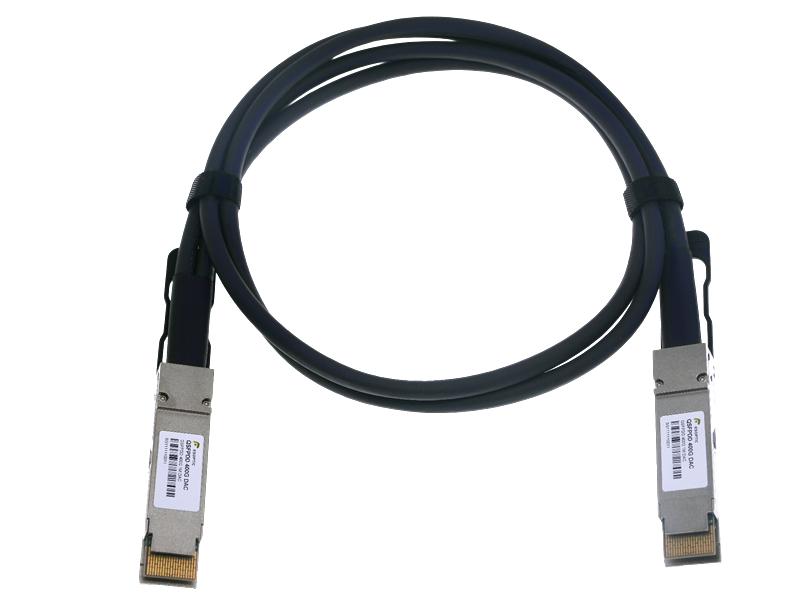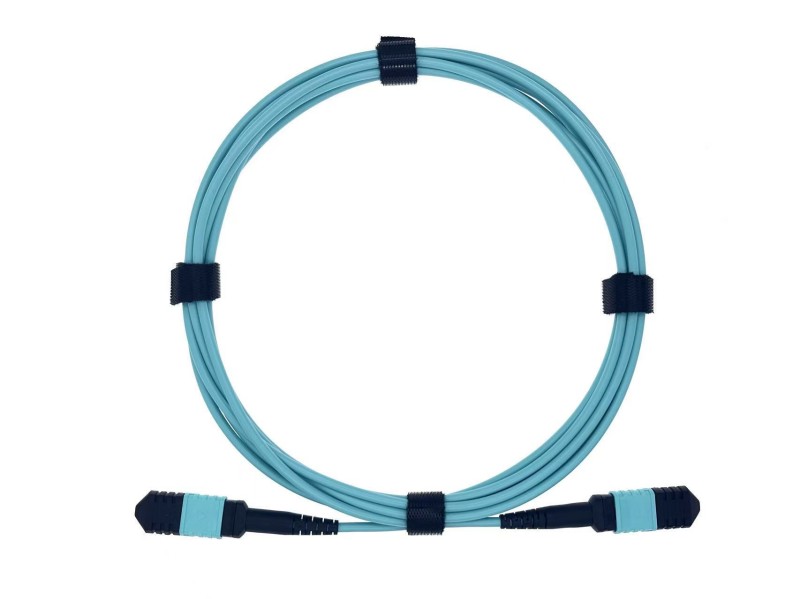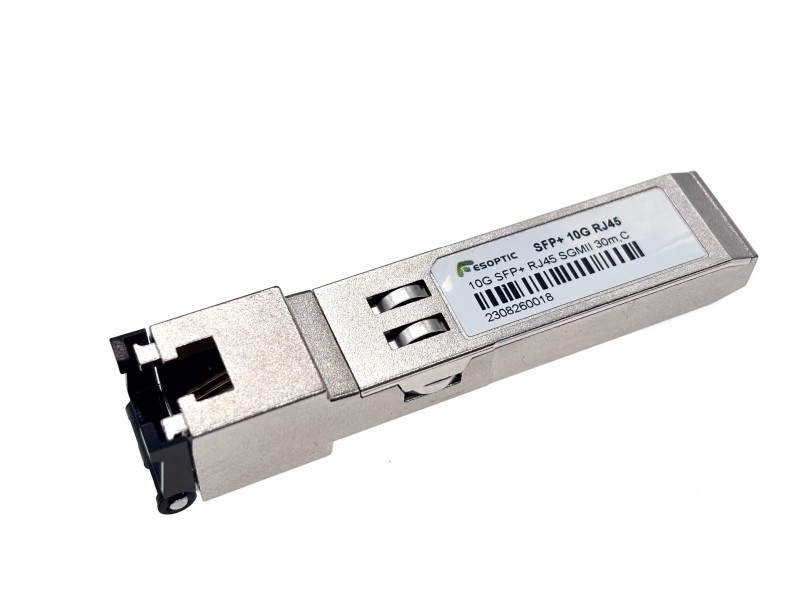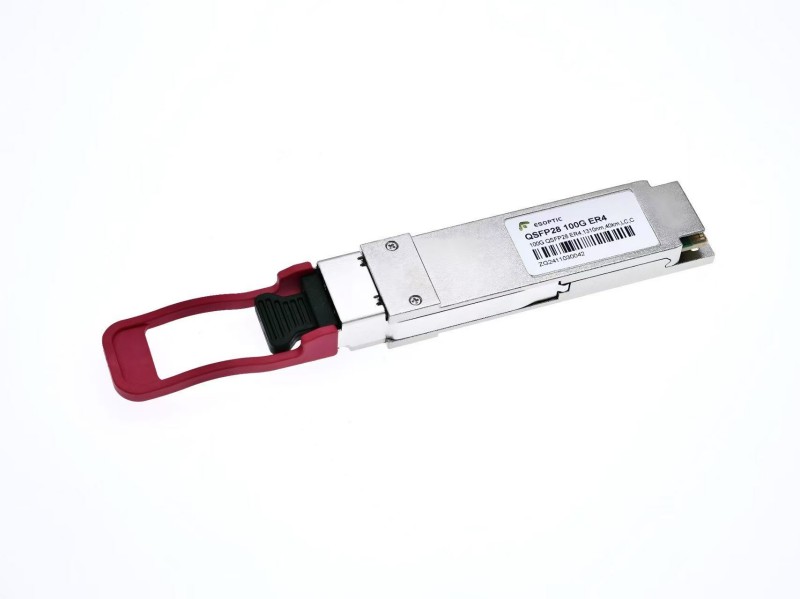In today’s high-speed data center networks, Gearbox technology has quietly become one of the most critical components inside an optical module. As transmission rates push toward 400G, 800G, and beyond, signal alignment and lane-speed conversion are no longer optional—they’re essential. At ESOPTIC, we integrate advanced Gearbox architectures into our optical module portfolio to ensure stable, low-latency performance for next-generation deployments.
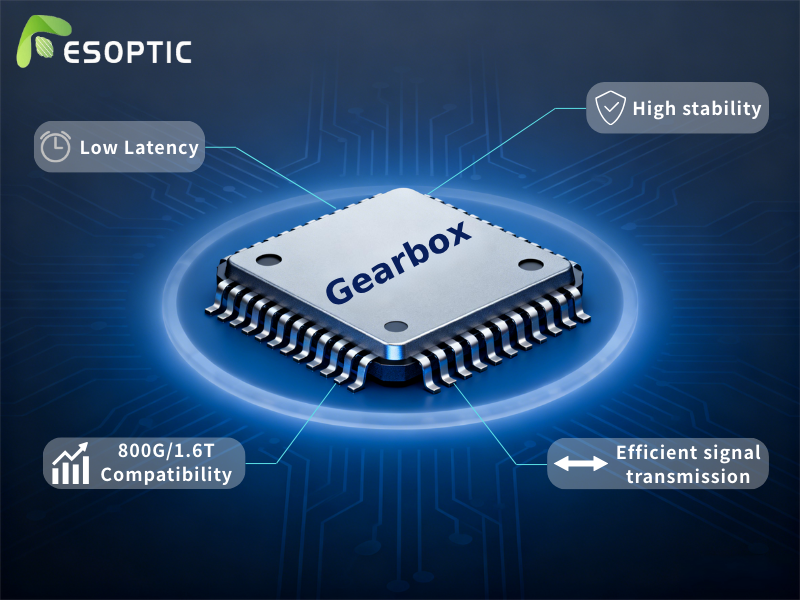
A Gearbox acts like a traffic controller inside the optical module, converting multiple low-speed electrical lanes into fewer high-speed lanes or vice-versa. This enables seamless interoperability between switching chips and optical engines. Instead of redesigning the entire network system, operators can rely on Gearbox-equipped optical modules to bridge different lane formats efficiently.
Modern hyperscale data centers adopt Gearbox designs primarily to solve bandwidth mismatches and reduce signal integrity issues when lane speeds increase beyond 100G. ESOPTIC’s engineering team optimizes Gearbox performance through refined PCB layout, enhanced DSP algorithms, and strict manufacturing control. This allows each optical module to maintain thermal stability and minimize latency, even under heavy workload scenarios.
From a practical perspective, choosing an optical module with an integrated Gearbox means better system scalability, smoother upgrade paths, and improved power efficiency. For operators planning a migration toward 800G or 1.6T infrastructure, Gearbox technology is not simply a hardware feature—it is a backbone enabler that safeguards long-term compatibility.
FAQ
1. What is the purpose of a Gearbox inside an optical module?
It converts lane speeds and formats to ensure compatibility between chips and optical engines.
2. Does Gearbox technology increase latency?
Minimal—ESOPTIC designs aim to keep latency extremely low through optimized DSP handling.
3. Why do data centers rely on Gearbox-equipped optical modules?
To handle mismatched electrical lane configurations during system upgrades.
4. Is Gearbox required for every optical module?
No. Only modules dealing with lane-speed mismatches or special formats need it.
5. How does ESOPTIC enhance Gearbox stability?
Through strict QA, thermal design optimization, and high-precision signal processing.
